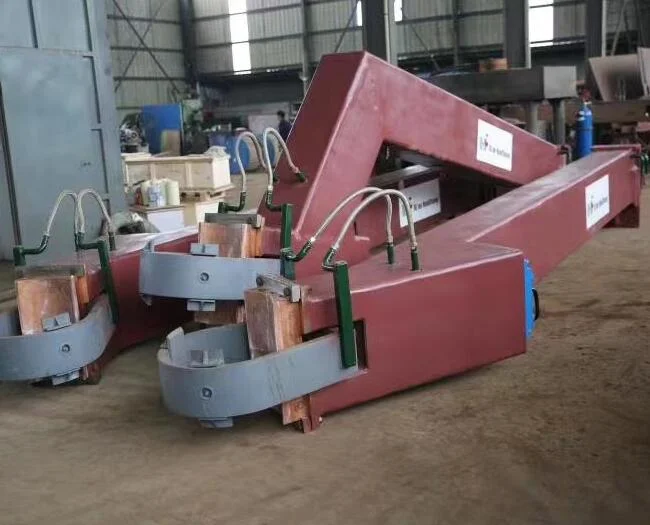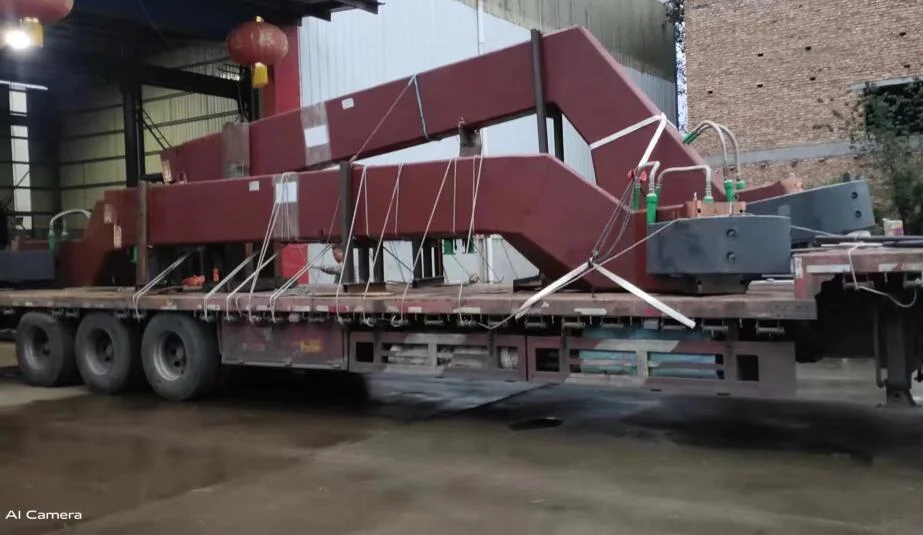- This topic is empty.
-
AuthorPosts
-
2025-09-01 at 3:26 pm #4652
In the field of new energy equipment, particularly lithium battery manufacturing, ensuring stable and efficient power transmission is crucial. One of the key components that directly impacts equipment performance is the power conducting arm. Often overlooked, these arms play an essential role in conducting electricity safely and effectively within high-precision production systems such as lithium battery copper foil rolling machines and cathode roller equipment.
To help manufacturers and engineers make the right decision, this article provides a step-by-step guide to choosing the right power conducting arms, along with insights into how companies like Timonic, committed to R&D and production of advanced lithium battery material equipment, are driving innovation in this area.
Step 1: Understand the Function of Power Conducting Arms
Power conducting arms serve as the critical electrical pathway between the power source and the working parts of production equipment. They must ensure:
Stable current flow to avoid interruptions in manufacturing processes.
High conductivity to minimize energy loss.
Durability under mechanical stress and long production cycles.
Heat resistance to withstand high loads without performance degradation.
In high-precision environments such as lithium battery production, even small fluctuations in power conduction can affect product quality and yield rates.

Step 2: Identify the Application Environment
Different manufacturing setups require different arm specifications. For example:
Lithium battery copper foil rolling machines demand power conducting arms that can endure continuous high-current transmission while maintaining precise equipment performance.
Cathode roller systems require arms with exceptional conductivity and thermal stability to support long-term, stable operations.
By evaluating the specific operating conditions—temperature, load cycles, and electrical requirements—you can narrow down suitable options.
Step 3: Consider Material Selection
The material of the conducting arm largely determines its performance. Common choices include:
Copper-based alloys: High conductivity, ideal for precision and efficiency.
Aluminum alloys: Lightweight with good conductivity, often used when cost efficiency is a priority.
Composite materials: Engineered for durability and advanced performance under special conditions.
Choosing the right material depends on balancing cost, conductivity, and durability according to production needs.

Step 4: Evaluate Design and Customization Options
Modern equipment often requires customized conducting arm designs to fit unique setups. Factors to consider include:
Arm length and shape for seamless integration into machinery.
Surface treatment or coatings to improve wear resistance.
Flexibility in design for high-speed or continuous production environments.
A tailored solution ensures better performance and longer service life.
Step 5: Partner with a Reliable Manufacturer
The quality and reliability of conducting arms depend heavily on the manufacturer’s expertise in R&D, production, and precision engineering.
Timonic, for example, is deeply committed to advancing the field of new energy lithium battery material production equipment. With specialized focus on copper foil rolling machines and cathode rollers, Timonic not only manufactures high-performance equipment but also ensures that essential components like power conducting arms meet the strict demands of the industry. By combining innovative design, advanced materials, and rigorous quality control, Timonic provides long-term value and reliability for its global customers.

Conclusion
Choosing the right power conducting arms is not simply about selecting a part—it’s about securing stable operations, high efficiency, and consistent quality in lithium battery production equipment. By following a structured approach—understanding function, analyzing application environments, selecting the right materials, considering design options, and partnering with a trusted manufacturer—you can make a decision that supports both immediate production needs and long-term success.
With companies like Timonic leading innovation in copper foil rolling machines and cathode roller systems, the future of power conduction in new energy equipment is set to be more efficient, reliable, and adaptable than ever before.
Why Power Conducting Arms Are Critical for Modern Power Transmission
http://www.timonic.com.cn
Timonic -
AuthorPosts
- You must be logged in to reply to this topic.

